Dacia could consider bringing production of the Spring to Europe, as the cost advantage of building it in China and importing it becomes less obvious.
The Spring – Europe's third-best-selling electric car after the Tesla Model 3 and Y – has been heavily updated for 2024, and will finally be launched in the UK in right-hand-drive form later this year. It will continue to be built initially in Hubei, China, by Dongfeng Renault, but the firm is evaluating the possibility of building European cars locally.
The firm's sales and marketing boss Xavier Martinet told Autocar that building the European-market Spring in China "made sense at the time" it was launched in 2021, because that was "where the ecosystem was" and so it "reduced the risk of investment".
He said the ability to build cheaply in China has been crucial to the Spring's positioning as the cheapest full-sized electric car in Europe, but wondered "how long will this advantage continue?".
"Assembling in China is what has made a success of the car so far, and we'll see how long this is the reality," he said. "The market is changing a lot: regulations are coming in as well – plus we have a bonus in terms of incentives and stuff like that, so it does somewhat change the equation a little bit, and we have to adapt to that."
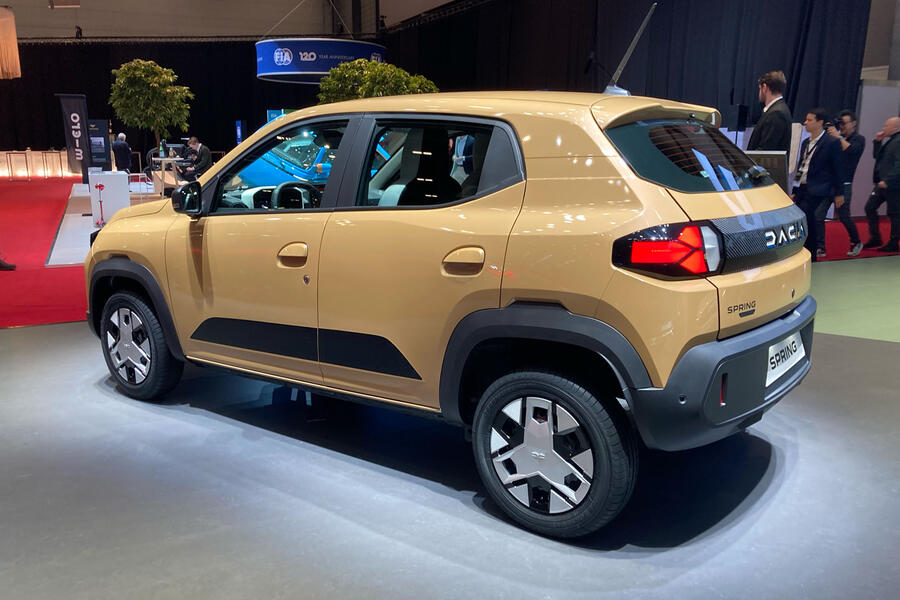
Martinet also cited the evolution of Europe's battery manufacturing industry as a potential facilitator of local Spring production, and highlighted that as parent company Renault increases the number of EVs it builds in Europe, there could be production efficiencies from which Dacia could benefit.
"There is this complementarity of offers within the group, which enables us to take some decisions which do make sense," he said.

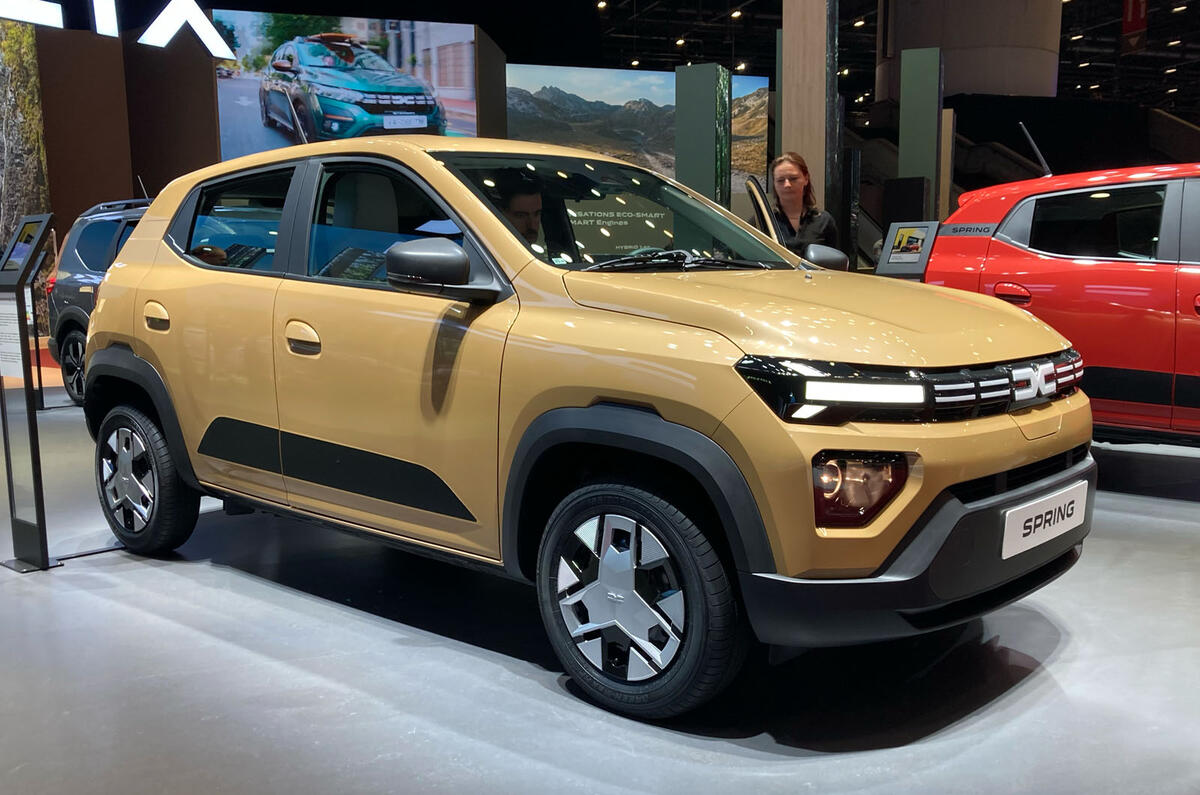



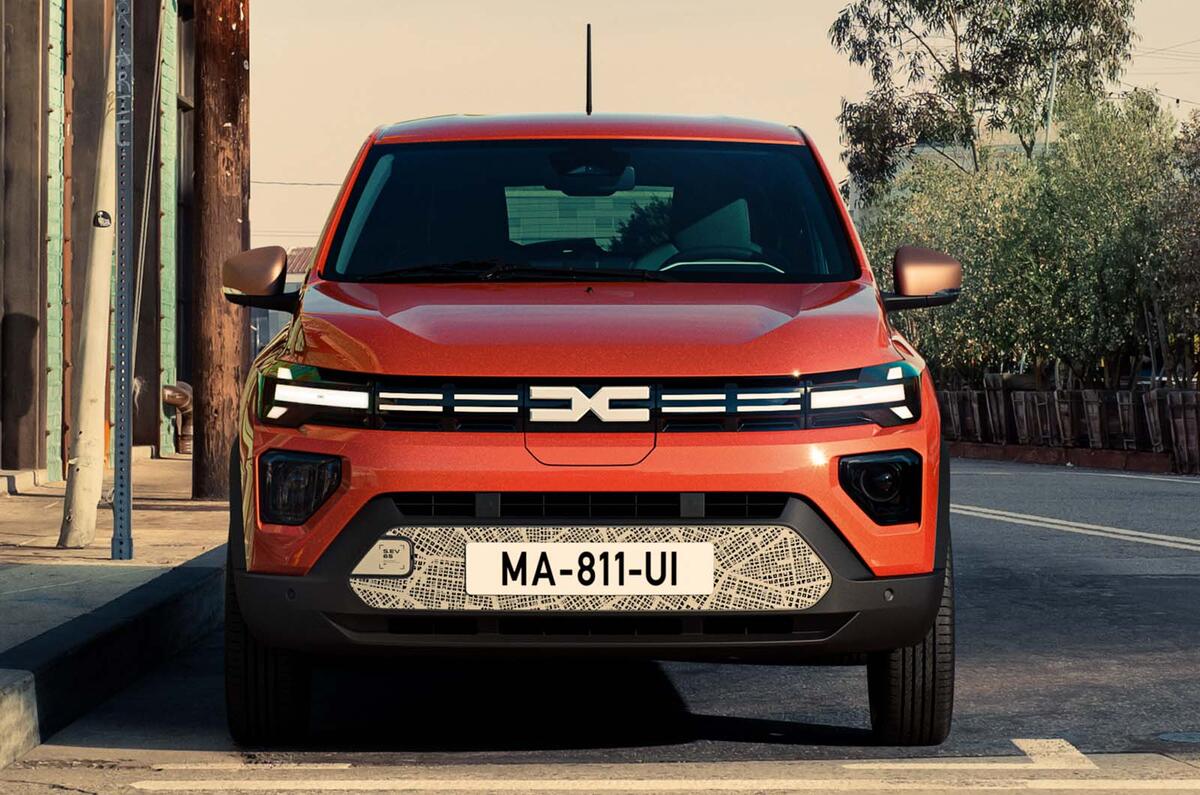
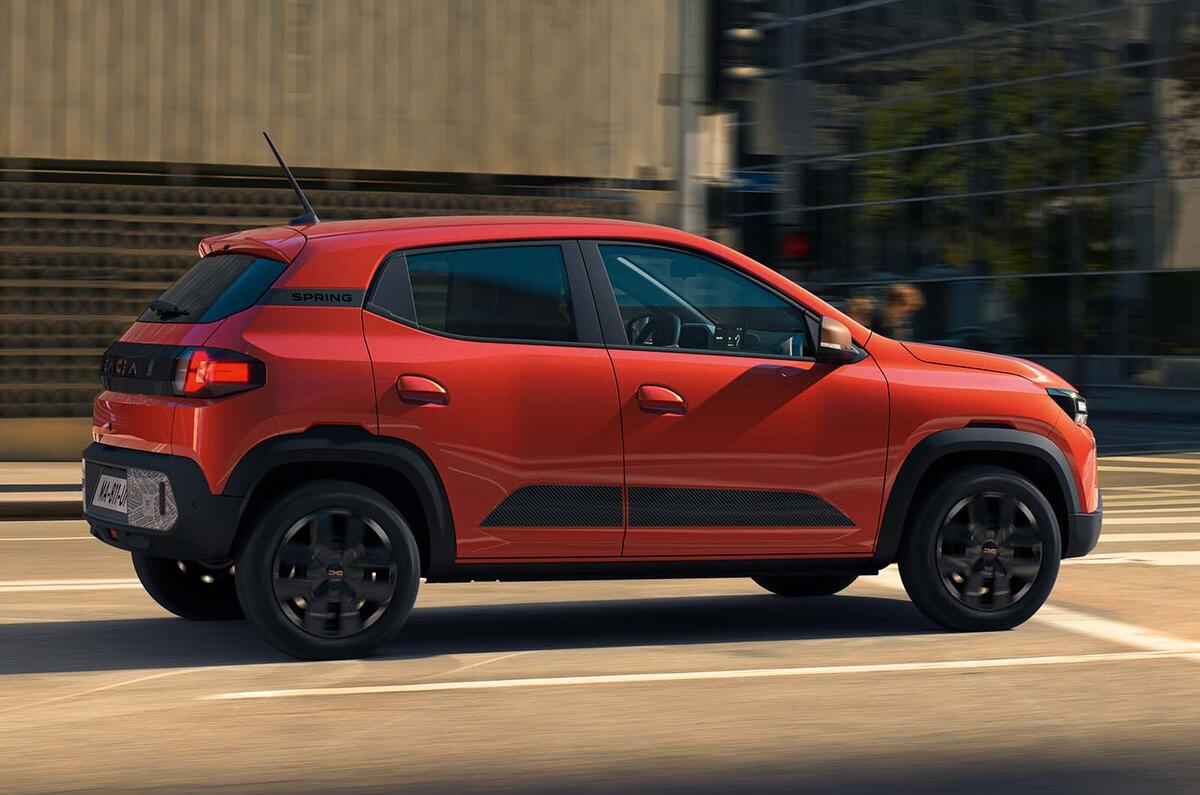

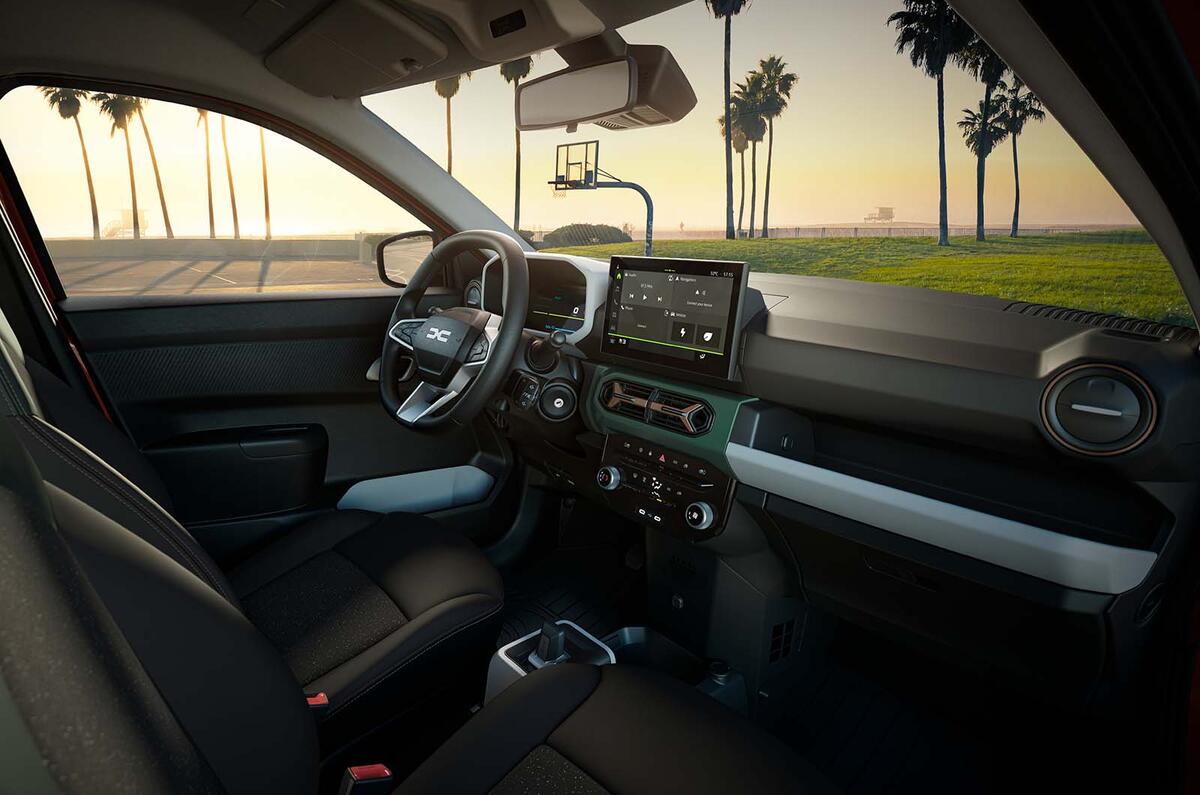


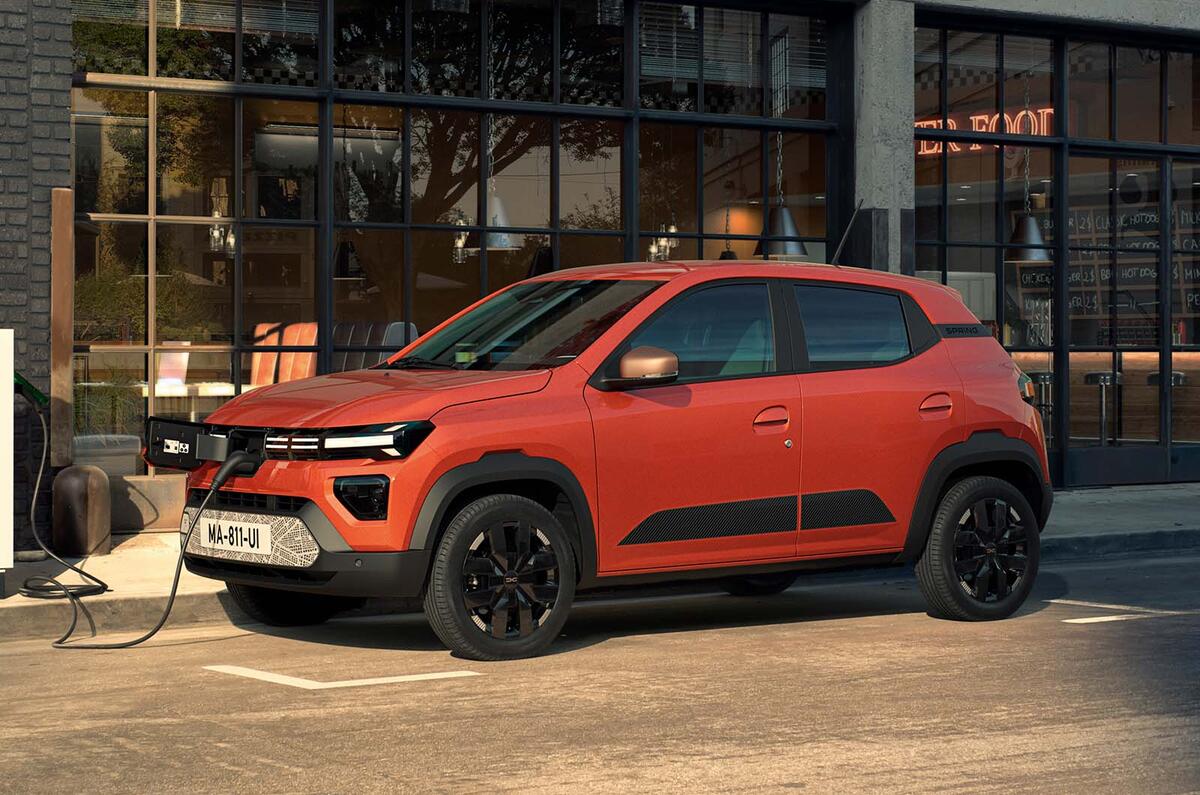

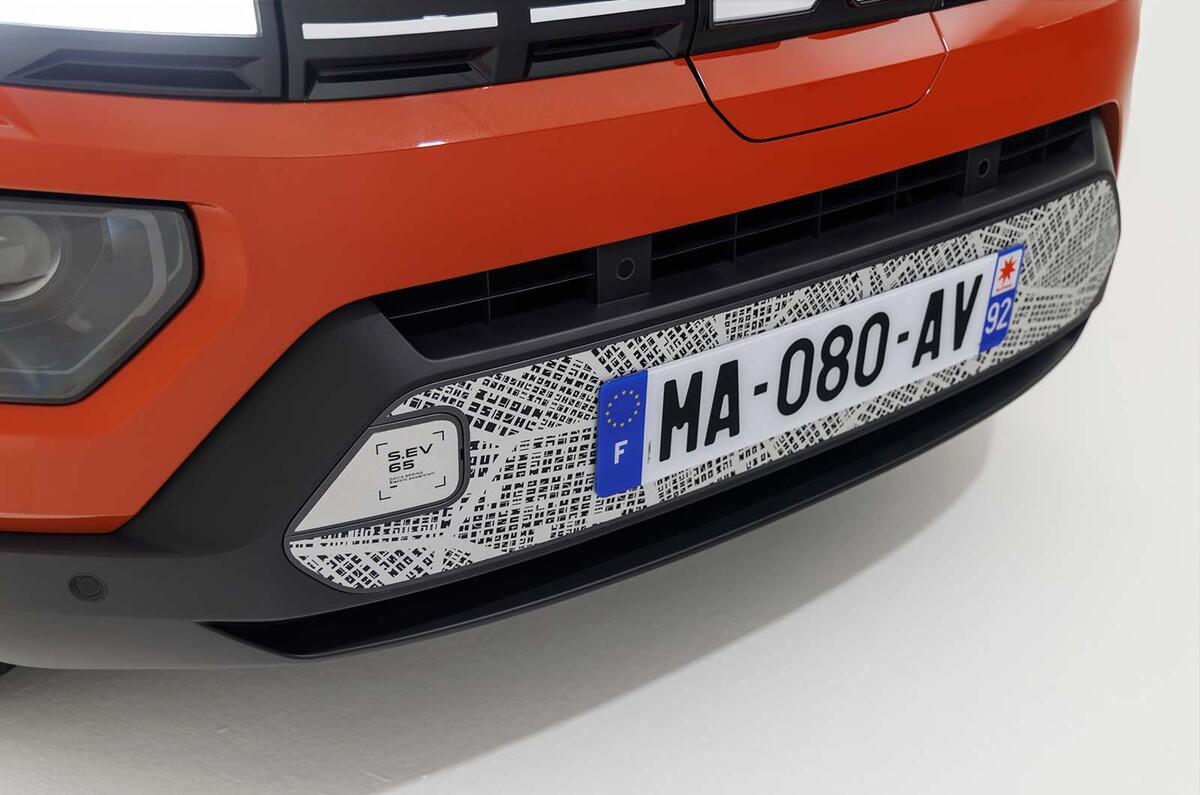
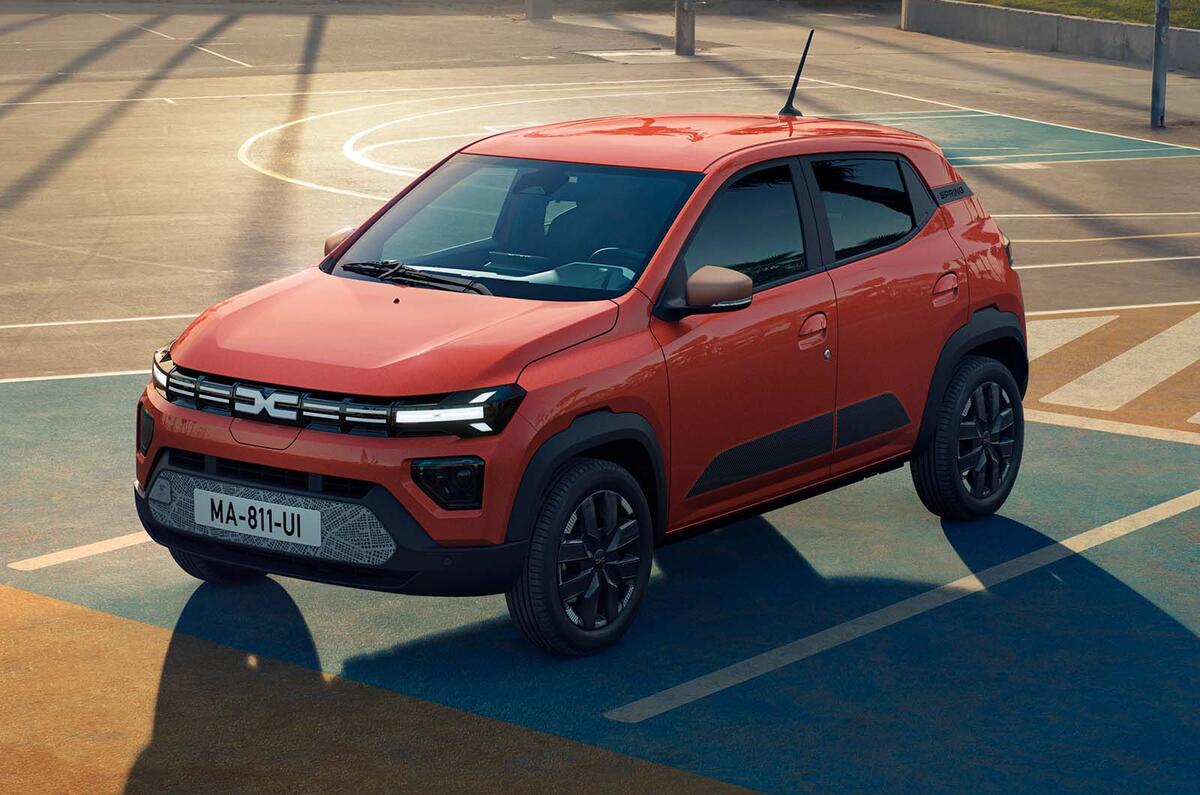
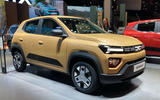















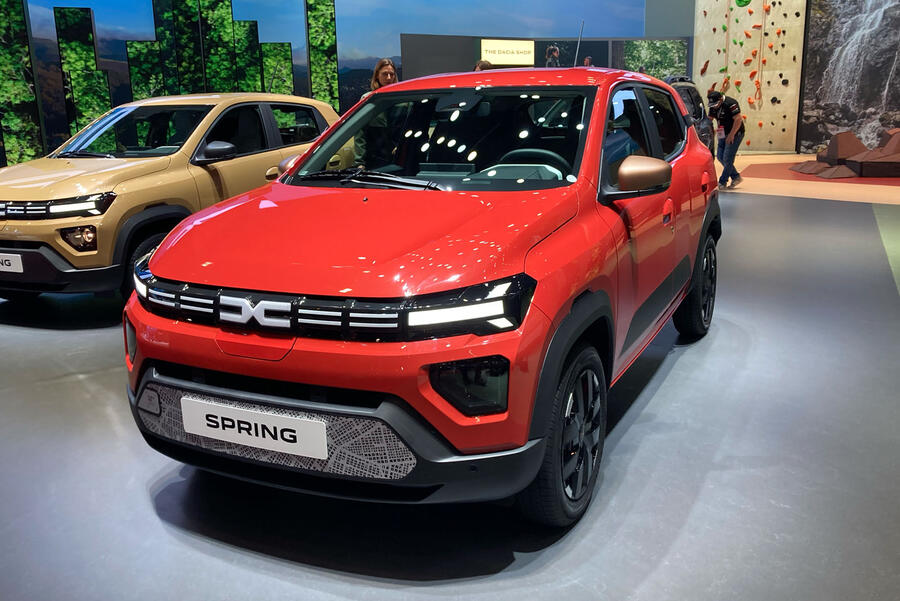
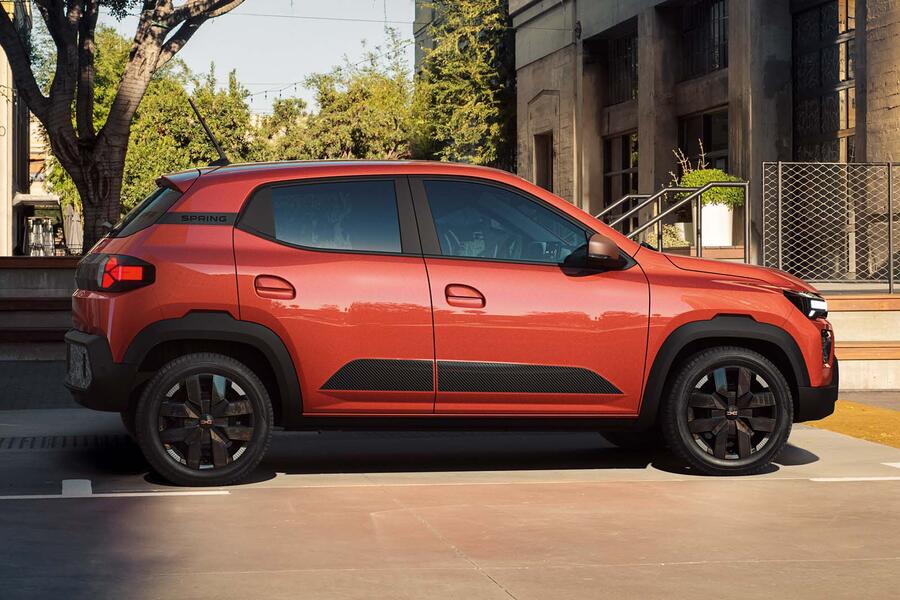
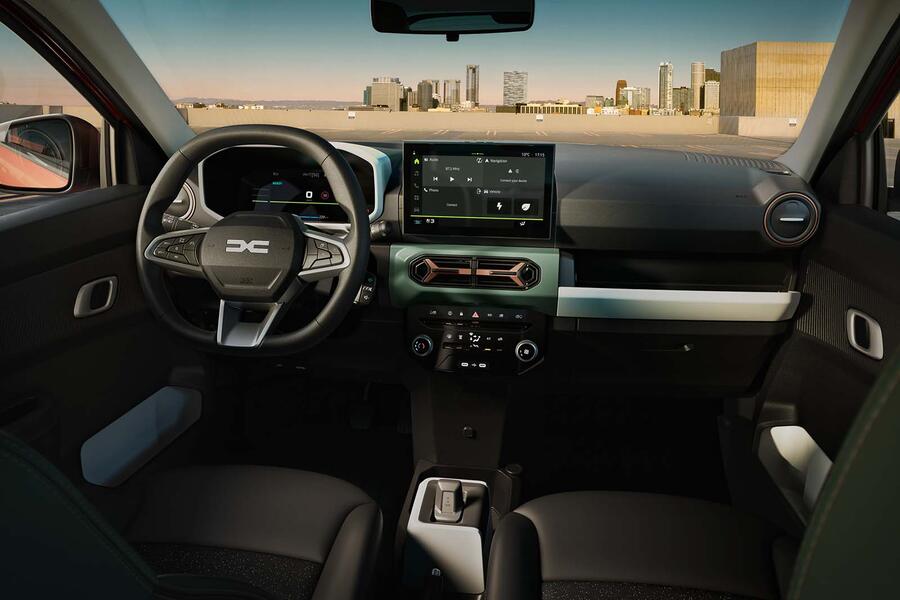
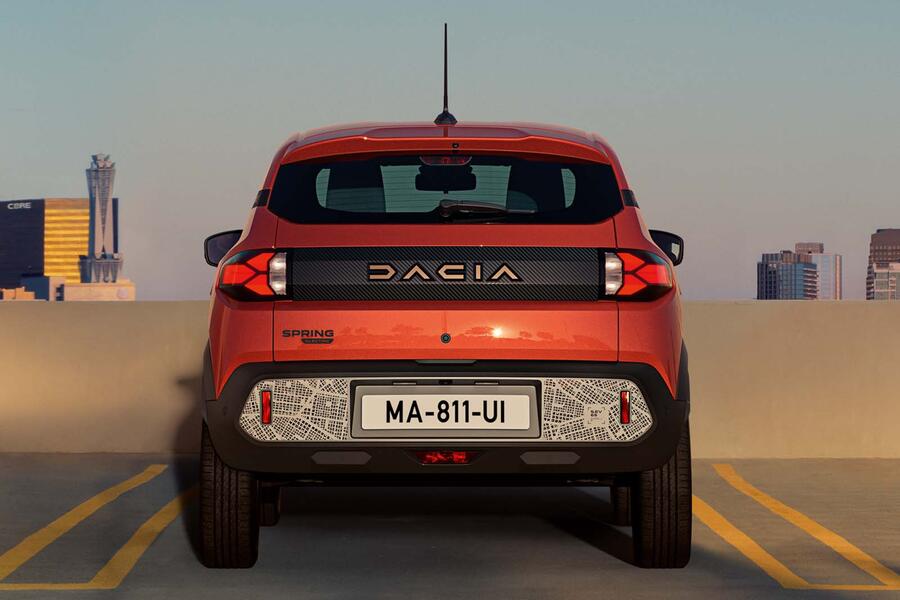
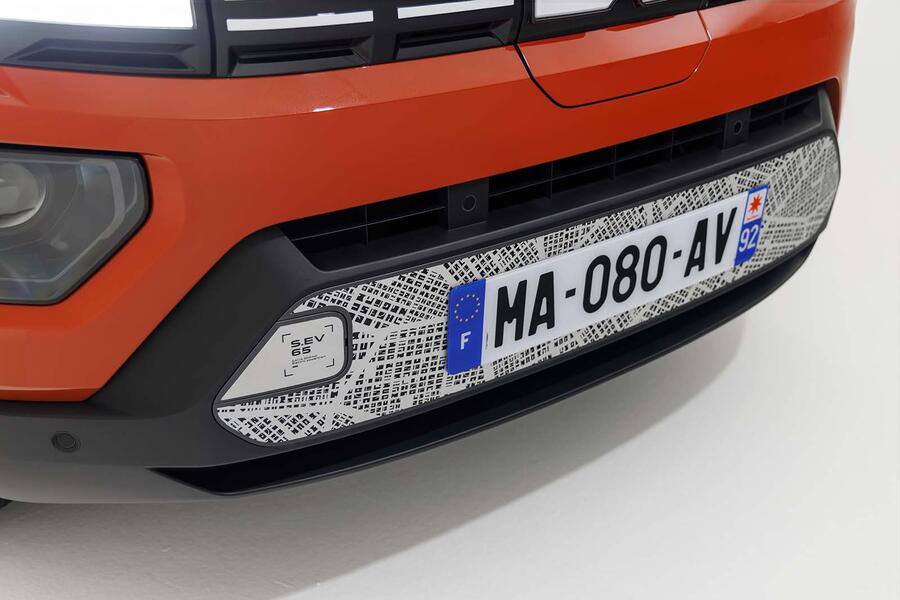







Join the debate
Add your comment
It's OK but I'd rather pay a bit more and get the MG 4. This feels like Dacia have cut too many corners, especially on range
Dacia bring along a genuinely small, light electric car that will fit a large chunk of the motoring populations needs, as in, it'll get them to work and back, get them shopping in the evenings and weekends, and what do we get, negativity.